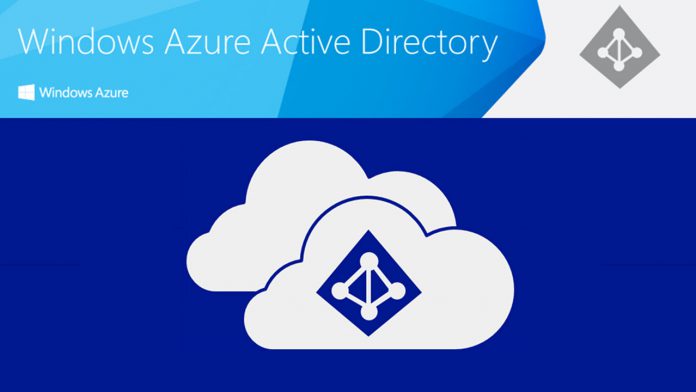Earlier in the month, Microsoft said it was changing the login scenario with a view to merging Azure Active Directory accounts with Microsoft Accounts later in the year. The company says the change would bring improved brand awareness to customers using B2B flows. However, Customers actually found the method to be less efficient. Many of these customers were angered enough by the experience that they complained to Microsoft. As a response, Microsoft is putting a positive spin on its decision to roll back. The company says it highlights a commitment to listen to customers and display “Growth Learning”. Of course, Microsoft has displayed a willingness to embrace feedback through Insider programs in recent years. This is what the company has to say about reverting Azure Active Directory login: “Back on April 7th we announced changes to the branding logic for Azure AD login pages. In the 18 days since then we’ve learned a ton from you, our customers, including the fact that many of you are not thrilled with these changes. Additionally, we learned that we took many you by surprise and did not give you enough time to alert and train your employees about the change. So today we get to demonstrate our Growth Mindset! We’ve learned from your feedback and we’ve decided to roll back these changes (they are being reverted as I type). We’re going to revisit the overall here plan and take steps to better socialize and communicate future end-user facing UX changes. Ariel Gordon the PM for these features has the details below. Thanks to all of you who shared your feedback with us about these changes. We learned a lot from you and we’ll use these lessons to improve going forward.”
Changing the Method
It seems the customer complaints have pushed Microsoft to be more mindful about how it updates Azure AD. Program Manager Ariel Gordon Azure AD explained how the company will introduce changes that will affect businesses.
Future login UX change that affect business customers will be announced ahead of time Changes will be tested via flighting, and incorporate a Preview period that allows us to gather broader feedback from you For most disruptive design changes, we’ll introduce an opt-in period of at least 30 days, giving everyone a chance to update their support and training materials




